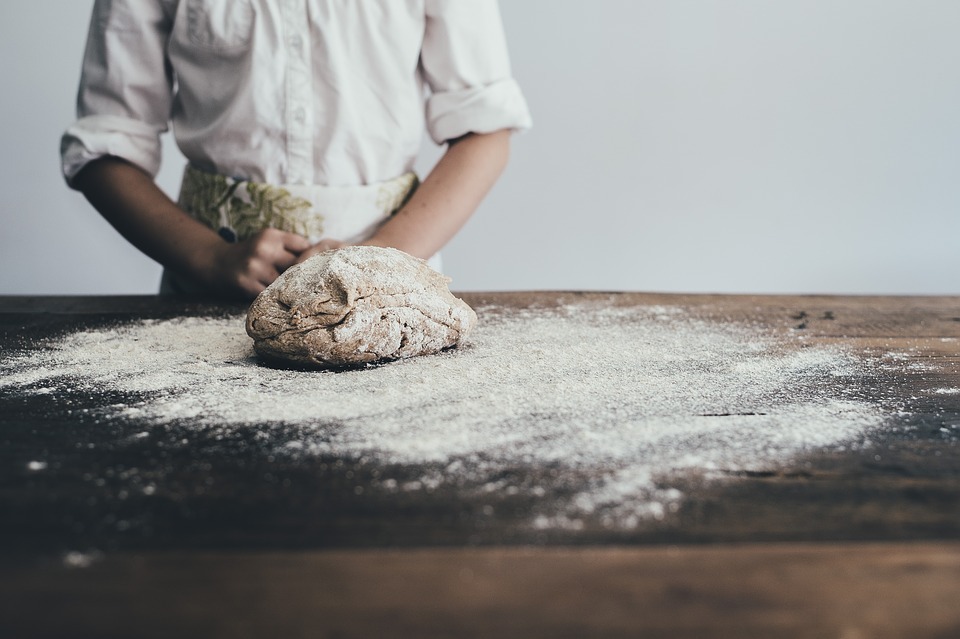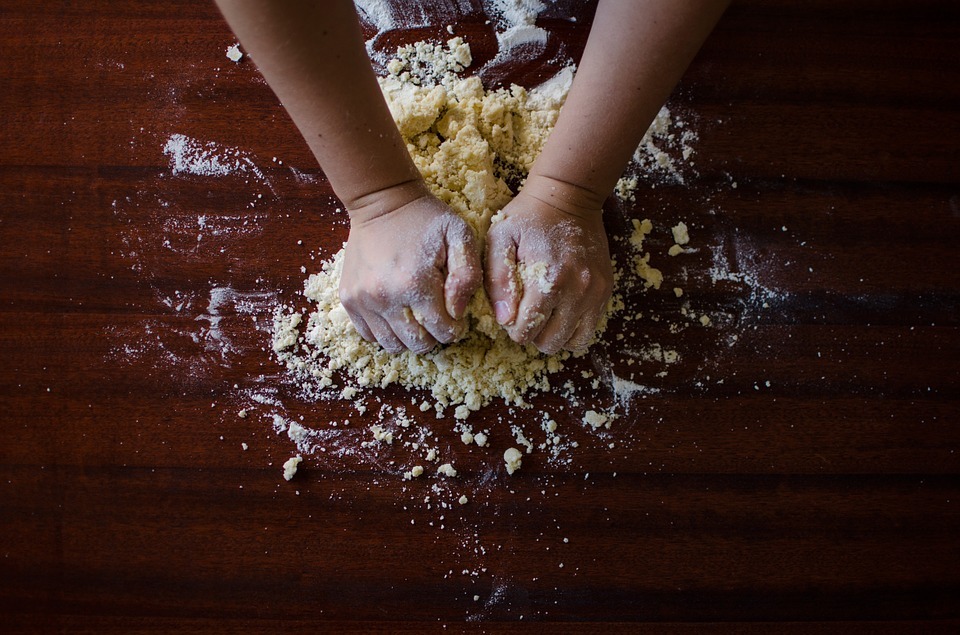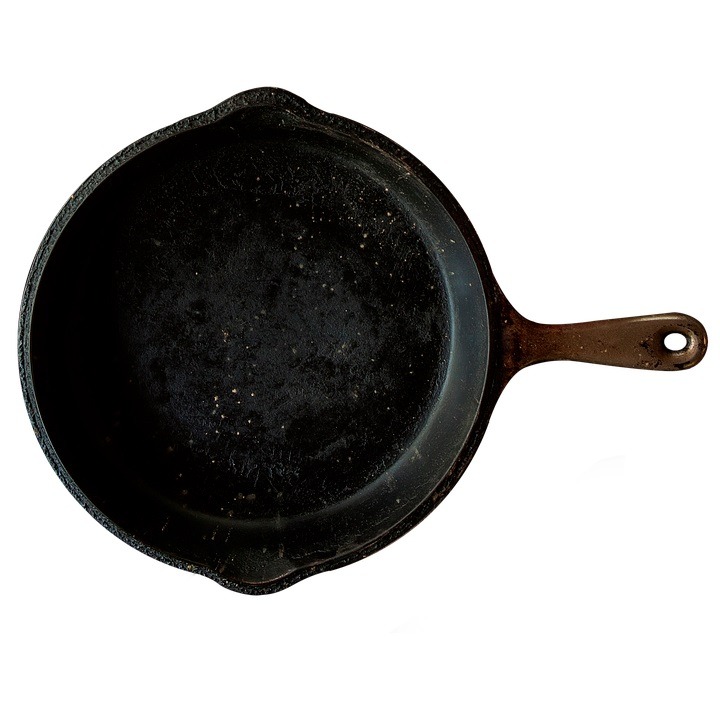Tartine English muffin is an open-textured crumb, tender griddlecake, perfect for pooling homemade jam and melting butter. English muffins are best eaten toasted, and you can even make them one or two days ahead. Still, there’s nothing quite like a muffin fresh off the skillet.
This English muffin recipe is inspired by the Tartine bread of the renowned Tartine Bakery in San Francisco. The preparation time for this recipe takes around 20 hours with medium difficulty. One batch serves 12 muffins.
How To Make Tartine English Muffins
To make it, you have to prepare the following English muffin ingredients:
For Poolish
100 grams all-purpose flour
1.5 grams active dry yeast
100 grams water at 75 degrees Fahrenheit
For Leaven
110 grams all-purpose flour
1 tbsp mature starter
110 grams water at 80 degrees Fahrenheit
For English Muffin
325 grams all-purpose flour
175 grams bread flour
200 grams poolish
200 grams leaven
12 grams salt
4 tbsp ghee or clarified butter
250 grams water at 75 degrees Fahrenheit
whole wheat and rice flour (for dusting)
Instructions
To make the poolish, mix all poolish ingredients in a bowl and let rest for three to four hours at around 75 to 80 degrees Fahrenheit or overnight in the refrigerator.
To make the leaven, thoroughly mix all the leaven ingredients, so there’s no dry flour remaining. Let the leaven rest for three to four hours at about 80 degrees Fahrenheit.
Do the float test (drop a spoonful of batter into the water, if it floats, it’s ready) and when both poolish and leaven pass, then they’re ready; otherwise, wait for longer.
Mix 200 grams poolish and 200 grams leaven in 250 grams of warm water to make the baguette dough. Whisk the mixture thoroughly so that they blend up properly.
Now add the all-purpose and bread flours and knead it with your hand to keep no flour dry.
Cover the dough and rest for 40 minutes. Please don’t skip this step, as it’s to autolyze the dough. While it’s resting, glutens grow and form chains that become the dough’s gas trapping structure. Autolyze enhances the effectiveness of the time used mixing while reducing the time needed to develop the dough actively.
After resting, fold the dough and transfer it to a poor conductor bowl to maintain the warm temperature. The dough will now start to rise. This process is called bulk fermentation. The chief purpose of this step is to develop the strength and flavor in the dough. This step is very temperature-sensitive. The dough must be kept at a temperature between 78 to 82 Fahrenheit to achieve a full bulk rise in two and a half to three hours.
To fold the dough, dip your hand in the water to prevent it from sticking. Grab the bottom, stretch it and fold it back over the remainder of the dough. Rotate the bowl 90 degrees and repeat the process. Do this a total of four times.
Mix the salt in 10 grams of warm water and add it into the dough after the initial fold. Incorporate both in the dough by squeezing it between your fingers.
Fold the dough every 30 minutes four times for the following three hours.
The dough development that bakers typically get by kneading is achieved by folding the dough with lesser work.
By the time three hours end, the dough will feel softer and aerated. A well-developed dough unsticks from the sides of the bowl when you perform the turns and is more cohesive. You’ll see the volume increase in half. More air bubbles will appear along the sides of the bowl. Now you’re ready to shape the dough.
Lightly flour the workspace and take out the dough. Push the sides under in a gentle manner with a pastry scraper or a bench knife and form a round dough with as little flour as possible and good surface tension. Do the same steps with every portion.
Allow the dough to rest for around 30 minutes on the work surface. This step is called a bench rest. Then, cover the dough, so it doesn’t dry up. It will spread like a pancake.
Set the dough on a well-floured kitchen towel and leave it to relax for ten minutes. Dust the top of the dough with some rice flour and press it from the center to form a rectangular shape with one inch or less thickness. Make sure that the dough is evenly spread. Cover with a kitchen towel and chill overnight, completing the final rise.
Bring the dough out from the fridge approximately 30 minutes before cooking.
Heat the skillet over medium-low heat and spread a bit of clarified butter.
Cut circular muffins from the dough using a cookie cutter and set them on the skillet.
After two minutes, the dough will rise around an inch. Flip it over when you feel the bottom is golden brown. Add more butter if needed—cook for another two to three minutes. The underside and top should be crisp and golden brown, and the edges soft and light.
Take the muffins out from the skillet and let cool on a rack or serve warm. Wipe clean the skillet and repeat the same steps with the other muffins. With this, your Tartine English muffins are ready.
Note: You can freeze the English muffins in a freezer-proof container. To restore, thaw it at room temperature for two hours and toast.



